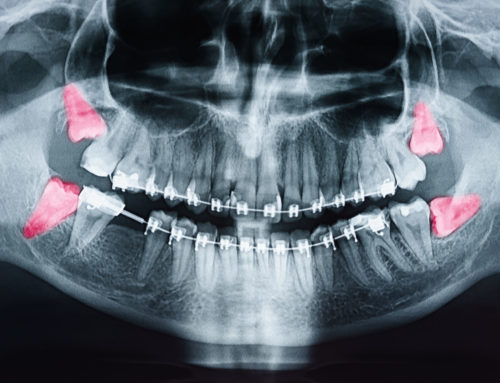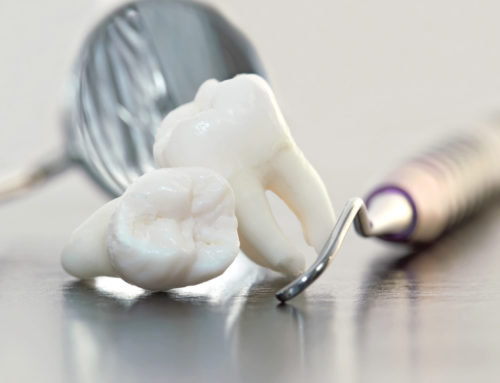While wisdom teeth extraction may not be on anyone’s Summer Fun list, it can be a wise thing to do before the beginning of the school year, particularly if these third molars are starting to be symptomatic. Pain and infection (pericoronitis) are relatively common occurrences, with the four molars often erupting during the teen years, but other troublesome issues can be impaction or formation of a cyst which affects other teeth, nerves, bone and gums.
The conditions associated with these teeth should be properly evaluated by an oral surgeon, like Oral and Maxillofacial Surgeons of Houston who will use x-rays and sometimes a CAT scan to image the teeth and help the patient and parent decide when and if removal should be performed. The images show the oral surgeon if the molars are crowding neighboring teeth, gums and bone or if they are not problematic.
Most people are familiar with the term, “impacted” as it refers to teeth. Often growing sideways instead of erupting straight up and out of the gums, these teeth are candidates for extraction. Other molars may simply be difficult to brush because of their location in the very back of the mouth, leading to decay and pain.
The procedure an oral surgeon would use for wisdom teeth removal is simpler than many patients think, but two to three days of recovery time are needed. Many people require only local, injected anesthesia, but some choose or need sedation. Often, the tooth is extracted in pieces to keep the incision small. Stitches are usually required.
After the procedure, the patient bites on gauze until the bleeding resolves, and then uses ice packs on the face for the rest of the operative day. Day two requires warm compresses as needed, and rinsing with salt water five to eight times aids in relieving pain and swelling. Soft foods are recommended for several days.
Most wisdom teeth extractions are straightforward with no complications. Visit your dentist now before school begins to avoid any unnecessary disruption to the academic year.






